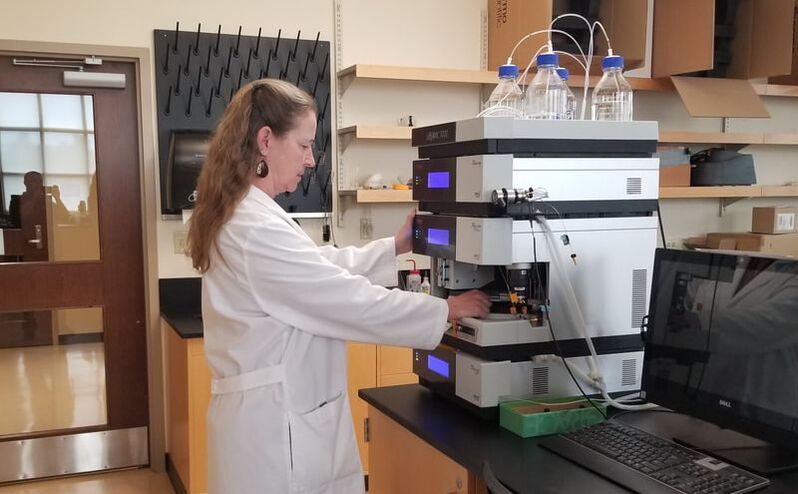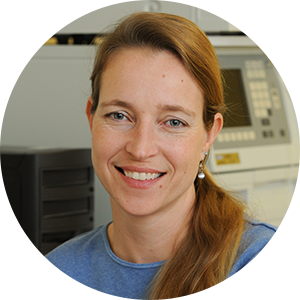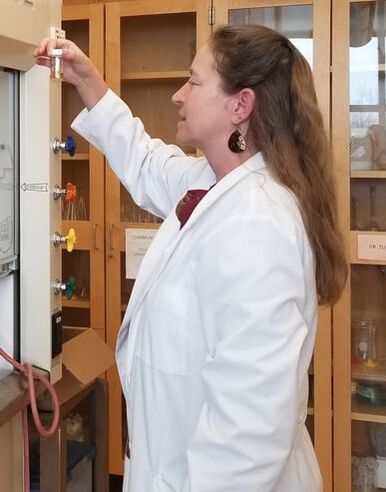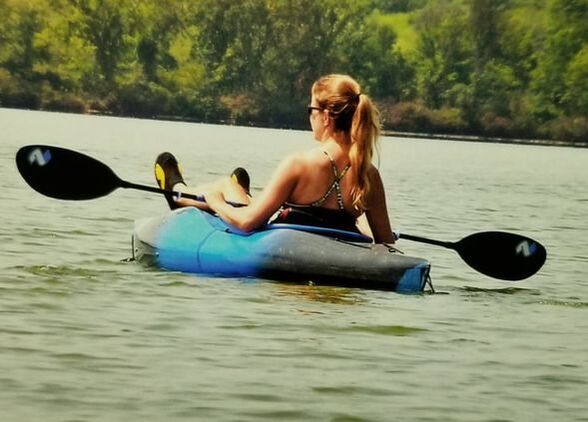|
Armed with 19 years of experience in various roles with Merck Pharmaceuticals out of Riverside, Lou Ann Tom continues to conduct research into ways to reduce impacts of pharmaceuticals that wind up in our waterways via her role as Associate Professor of Chemistry at Susquehanna University. Among the variety of medications created at Merck, “We made Ivermectin, which is fairly toxic and treating it was a high priority, so I got involved in studying low levels of pharmaceuticals that may wind up in the river,” she said. “Some of the components were very difficult to analyze because some things can be toxic at levels that could be very, very low – almost too low to measure. “Ivermectin can be an issue at parts per trillion. Most of the common analytical techniques have an ability to test to parts per million or parts per billion. I started studying ways in which we could develop a method to see that compound at parts per trillion. From there, I started looking at other compounds that were common and potentially could be toxic in really low levels.”
5 Comments
Matthew Miller
4/18/2022 03:15:20 pm
Excellent work and great interview. Your work upstream from us in the watersheds of PA. can only help the inland bays and streams here in lower Delaware. We have problems now with insecticides and fertilizers in our waterways from all of the new developments (and their perfectly manicured lawns and shrubs) being built in the coastal towns. Both the Chesapeake Bay to our west and the Delaware Bay to our east have gotten poor marks because of the conditions of the waterways that feed these large bodies of water. If we can at least keep pharmaceuticals out of the water, we might have a fighting chance to take the steps necessary to clean up our own mistakes. Thank you for your excellent work.
Reply
4/18/2022 03:31:43 pm
Thank you Matthew. You are very knowledgeable and I am glad I can help at least a little. We are all in this together!
Reply
Weston Miller
4/23/2022 01:48:14 pm
Great job Lou Ann on your years of work in trying to clean our important water ways of chemicals here and surrounding counties and states.
Reply
pat pasley
4/25/2022 01:05:32 pm
Suggestion. Require any business that sells pharmaceuticals to also recycle unused items. My local Walgreens told me would not take my old medicine for proper disposal.
Reply
Leave a Reply. |
AuthorsRiverkeeper John Zaktansky is an award-winning journalist and avid promoter of the outdoors who loves camping, kayaking, fishing and hunting with the family. Archives
April 2024
Topics |




 RSS Feed
RSS Feed